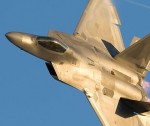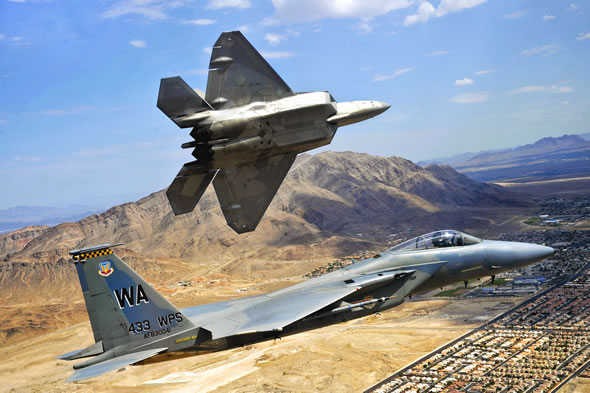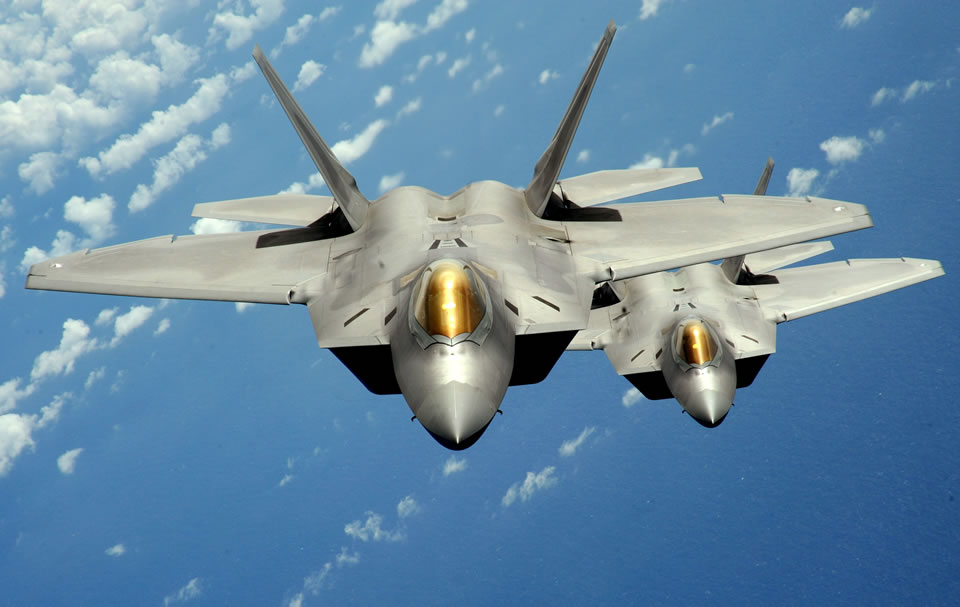
Lockheed Martin delivered today the 195th and last F-22 Raptor to the U.S. Air Force, in a ceremony at the Lockheed Martin Aeronautics site in Marietta, GA. With this delivery, the U.S. Air Force now possesses the world’s only 5th generation stealth fighter aircraft fleet in the world.
“There is no longer any nation that wishes us ill or any adversary who wishes us harm that has any doubt that their actions will have consequences – that they will be held to account and that our response will be undeterred,” said Robert J. Stevens, Lockheed Martin’s chairman and CEO.
In all, Lockheed Martin delivered 195 F-22s to the Air Force beginning in 1997, with eight Raptors used as test aircraft. Four Raptors were lost in accidents. This final Raptor 4195 joins a U.S. Air Force fleet of 187 operational F-22s and will join other F-22s in the Air Force’s 3rd Wing at Joint Base Elmendorf-Richardson, Alaska.
F-22s are assigned to seven U.S. bases. Flight testing takes place at Edwards AFB, Calif. Operational tactics development continues at Nellis AFB, Nev. Pilot training takes place at Tyndall AFB, Fla. Operational F-22 aircraft are assigned to Joint Base Langley-Eustis, Va.; Joint Base Elmendorf-Richardson, Alaska; Holloman AFB, N. M.; and Joint Base Pearl Harbor-Hickam, Hawaii.

Production of new Raptors has ended now, but work on the F-22 continues, as part of the ongoing modernization and enhancement plan. According to a recent Government Accountability Organization (GAO) report, modernizing the operational Raptor fleet could cost $9.7 billion, or more than $50 million per aircraft, spent over the next 20 years. That’s about the cost of a new Super Hornet or about 40 percent of a new F-35, just for the upgrades. According to GAO, the high cost of modernization is attributed to the fact that the Raptor was not prepared for upgrades, but designed to deliver the ultimate range of capabilities in the basic design. As such, the development was costly and every upgrade must be designed from the baseline, rather than employ pre-planned product-improvement infrastructure reserved in the basic design for such future upgrades.
Part of the current upgrades include the conversion of the air dominance fighter into a multi-role strike fighter, providing the hardware, sensors and software to support carrying, targeting and delivery of precision guided weapons carried internally or with underwing pylons.
The current upgrades are part of the F-22 modernization plan known as Increment 3.1, that allows for pilots to map the ground using the radar before dropping the munitions (the Raptor does not have the integral EOIR targeting system integrated in the F35). Previously, the Raptors had to rely on outside sensors and data to locate targets and provide coordinates before dropping a weapon, the data-links delivering such information is often slow, complex and less integrative, compared to Raptor-Raptor ‘stealth’ type comms. Increment 3.1 drops have, until now, only been accomplished on test missions. Since April 2012 the Increment 3.1 upgrades have been integrated with part of the Raptors of the 3rd Wing based in Alaska.

Other enhancements are likely to comprise new data-links, enabling the Raptors (and F35s) to better interoperate in mixed groups as well as with non stealth aircraft. The previous operational concept favored by the Air Force was of using 5th generation fighters independent of other support elements, therefore, they could use proprietary and exclusive data-links. However, with the number of operational Raptors capped at the current 178, and F35s slow to arrive, the Air Force is developing new operational procedures where Raptors and F-15/F16s are combined, supporting each other in defeating against enemy fighters, surface-to-air assets and other high priority targets. To enable such combined operations, the Raptor will have to be equipped with command, control and communications systems that can share, transfer and co-process information, targeting data and situational picture across different types of technologies.
The F-22 Raptor is the world’s only operational 5th generation fighter, making it an unmatched national security asset. The Raptor is designed to defeat denied-access threats, enable joint and coalition operations in contested areas, and globally promote deterrence and security.

















